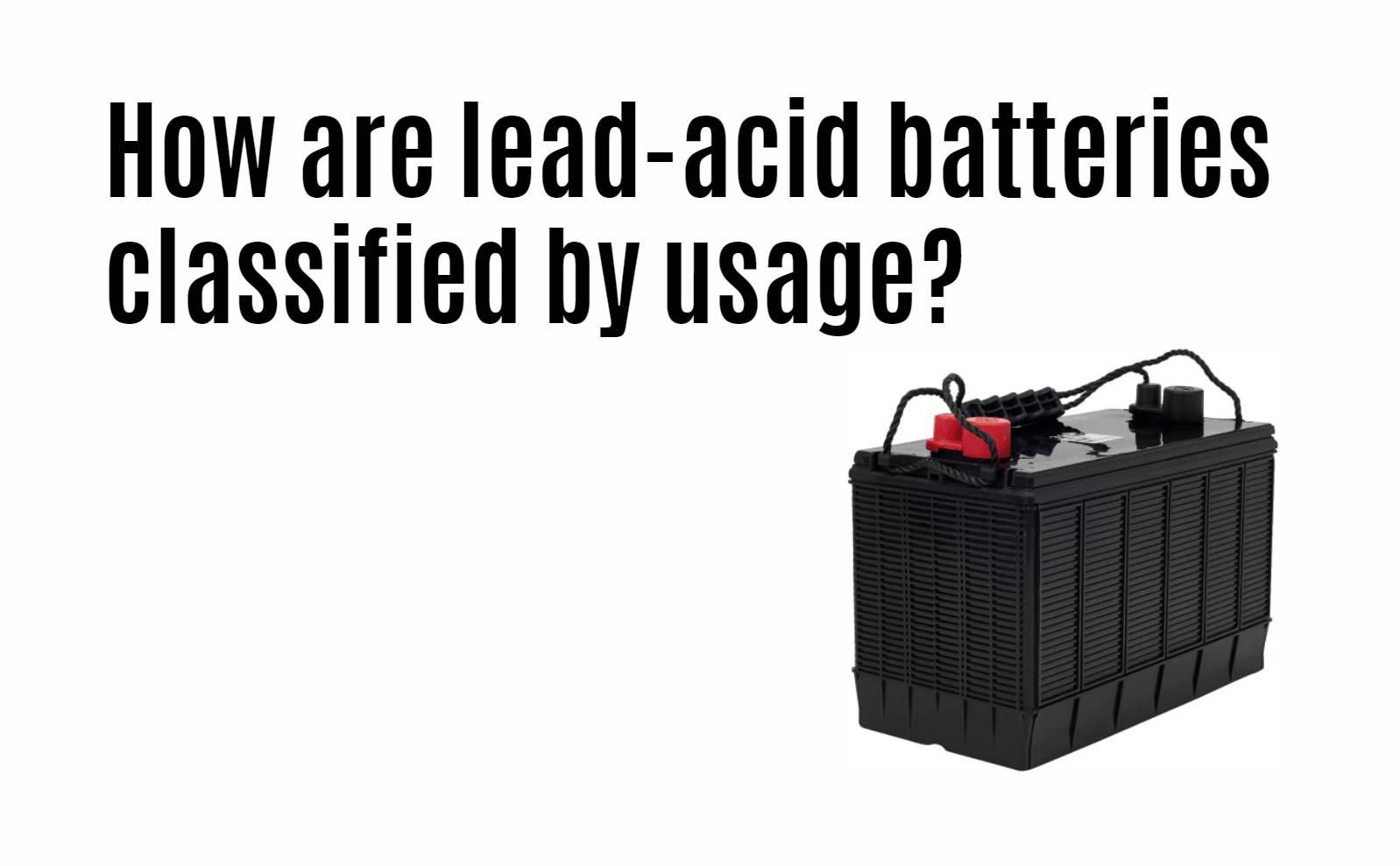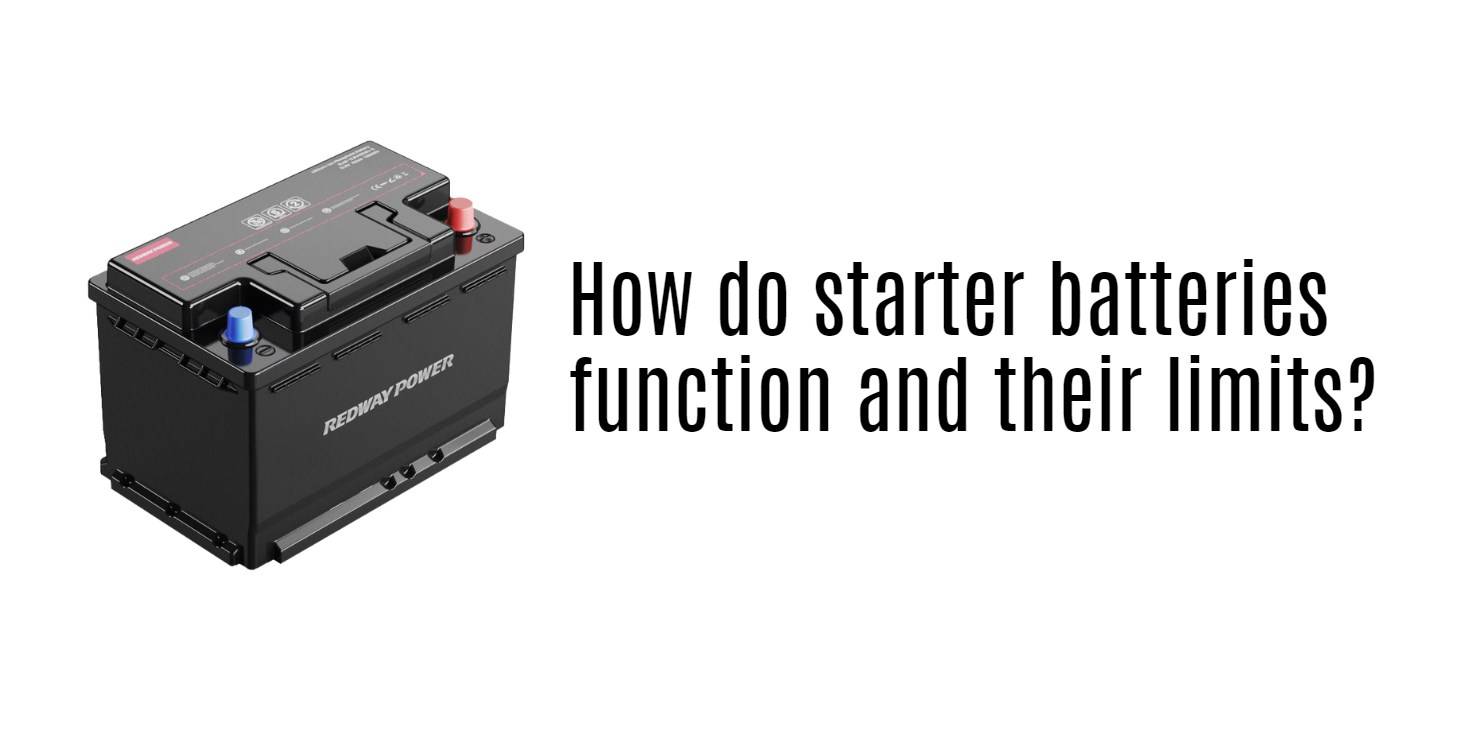- Lithium Golf Cart Battery
- Forklift Lithium Battery
-
48V
- 48V 210Ah
- 48V 300Ah
- 48V 420Ah (949 x 349 x 569 mm)
- 48V 420Ah (950 x 421 x 450 mm)
- 48V 456Ah
- 48V 460Ah (830 x 630 x 590 mm)
- 48V 460Ah (950 x 421 x 450 mm)
- 48V 460Ah (800 x 630 x 600 mm)
- 48V 460Ah (820 x 660 x 470 mm)
- 48V 500Ah
- 48V 560Ah (810 x 630 x 600 mm)
- 48V 560Ah (950 x 592 x 450 mm)
- 48V 600Ah
- 48V 630Ah
-
48V
- 12V Lithium Battery
12V 150Ah Lithium RV Battery
Bluetooth App | BCI Group 31
LiFePO4 Lithium
Discharge Temperature -20°C ~ 65°C
Fast Charger 14.6V 50A
Solar MPPT Charging - 24V Lithium Battery
- 36V Lithium Battery
- 48V Lithium Battery
-
48V LiFePO4 Battery
- 48V 50Ah
- 48V 50Ah (for Golf Carts)
- 48V 60Ah (8D)
- 48V 100Ah (8D)
- 48V 100Ah
- 48V 100Ah (Discharge 100A for Golf Carts)
- 48V 100Ah (Discharge 150A for Golf Carts)
- 48V 100Ah (Discharge 200A for Golf Carts)
- 48V 150Ah (for Golf Carts)
- 48V 160Ah (Discharge 100A for Golf Carts)
- 48V 160Ah (Discharge 160A for Golf Carts)
-
48V LiFePO4 Battery
- 60V Lithium Battery
-
60V LiFePO4 Battery
- 60V 20Ah
- 60V 30Ah
- 60V 50Ah
- 60V 50Ah (Small Size / Side Terminal)
- 60V 100Ah (for Electric Motocycle, Electric Scooter, LSV, AGV)
- 60V 100Ah (for Forklift, AGV, Electric Scooter, Sweeper)
- 60V 150Ah (E-Motocycle / E-Scooter / E-Tricycle / Tour LSV)
- 60V 200Ah (for Forklift, AGV, Electric Scooter, Sweeper)
-
60V LiFePO4 Battery
- 72V~96V Lithium Battery
- Rack-mounted Lithium Battery
- E-Bike Battery
- All-in-One Home-ESS
- Wall-mount Battery ESS
-
Home-ESS Lithium Battery PowerWall
- 24V 100Ah 2.4kWh PW24100-S PowerWall
- 48V 50Ah 2.4kWh PW4850-S PowerWall
- 48V 50Ah 2.56kWh PW5150-S PowerWall
- 48V 100Ah 5.12kWh PW51100-F PowerWall (IP65)
- 48V 100Ah 5.12kWh PW51100-S PowerWall
- 48V 100Ah 5.12kWh PW51100-H PowerWall
- 48V 200Ah 10kWh PW51200-H PowerWall
- 48V 300Ah 15kWh PW51300-H PowerWall
PowerWall 51.2V 100Ah LiFePO4 Lithium Battery
Highly popular in Asia and Eastern Europe.
CE Certification | Home-ESS -
Home-ESS Lithium Battery PowerWall
- Portable Power Stations
How are lead-acid batteries classified by usage?

Lead-acid batteries are classified by usage into starting batteries, deep-cycle batteries, and dual-purpose batteries. Starting batteries deliver high bursts of power for engine starting, while deep-cycle batteries provide sustained power. Dual-purpose batteries combine characteristics of both types, offering a balance between starting power and cycling capabilities.
-
Starting Batteries:
Starting batteries, also known as cranking batteries, are designed to deliver high bursts of power for starting engines. They are optimized for short bursts of high current to crank the engine and get it running. Starting batteries are commonly used in vehicles, motorcycles, and other applications where high starting power is required. -
Deep-Cycle Batteries:
Deep-cycle batteries are designed to provide sustained power over longer periods. They are built to handle deep discharges and repeated cycles of charge and discharge. Deep-cycle batteries are commonly used in applications that require continuous power, such as golf carts, RVs, boats, and renewable energy systems. -
Dual-Purpose Batteries:
Dual-purpose batteries combine characteristics of both starting and deep-cycle batteries. They offer a balance between starting power and cycling capabilities. Dual-purpose batteries are suitable for applications that require both high starting power and the ability to handle deep discharges, such as marine applications and recreational vehicles.
Table of Contents
ToggleCan a starter battery substitute for a deep-cycle?
While a starter battery can technically be used as a substitute for a deep-cycle battery, it is not recommended. Starter batteries are designed for short bursts of high current to start engines, while deep-cycle batteries are built for sustained power. Using a starter battery in a deep-cycle application may lead to reduced performance and a shorter lifespan.
-
Starter Batteries:
Starter batteries are specifically designed to deliver short bursts of high current to start engines. They are optimized for quick bursts of power and are not intended for deep discharges or prolonged use. Starter batteries have thinner plates and more surface area, which allows them to provide the necessary power for engine cranking. -
Deep-Cycle Batteries:
Deep-cycle batteries, on the other hand, are built to provide sustained power over longer periods. They have thicker plates and are designed to handle deep discharges and repeated cycles of charge and discharge. Deep-cycle batteries can withstand the rigors of continuous use and are commonly used in applications that require sustained power, such as golf carts, RVs, and renewable energy systems. -
Substituting a Starter Battery for a Deep-Cycle Battery:
While a starter battery can technically be used as a substitute for a deep-cycle battery, it is not recommended. Using a starter battery in a deep-cycle application may lead to reduced performance, shorter lifespan, and potential damage to the battery. Starter batteries are not designed to handle the deep discharges and prolonged use that deep-cycle batteries are built for.
What are deep-cycle vs. starter battery characteristics?
Deep-cycle batteries are designed for sustained power over longer periods and can handle deep discharges. They have thicker plates and are built to withstand repeated charge and discharge cycles. Starter batteries, on the other hand, are designed for short bursts of high current to start engines. They have thinner plates and provide the necessary power for engine cranking.
-
Deep-Cycle Batteries:
Deep-cycle batteries are designed to provide sustained power over longer periods. They have thicker plates, which allow them to withstand deep discharges and repeated charge and discharge cycles. These batteries are commonly used in applications that require continuous power, such as electric vehicles, renewable energy systems, and marine applications. -
Starter Batteries:
Starter batteries, also known as cranking batteries, are specifically designed to deliver short bursts of high current to start engines. They have thinner plates optimized for quick bursts of power during engine cranking. Starter batteries are commonly used in vehicles, motorcycles, and other applications where high starting power is required.
How do starter batteries function and their limits?
Starter batteries function by delivering a high burst of power to start engines. They have thinner plates that allow for quick energy release during engine cranking. However, starter batteries have limitations when it comes to deep discharges and prolonged use. Using a starter battery for applications requiring sustained power can result in reduced performance and a shorter lifespan.
-
Function of Starter Batteries:
Starter batteries function by delivering a high burst of power to start engines. With their thinner plates, starter batteries allow for quick energy release during engine cranking. This quick burst of power is essential to initiate the engine’s combustion process and get it running. -
Limits of Starter Batteries:
Despite their ability to deliver high bursts of power, starter batteries have limitations when it comes to deep discharges and prolonged use. They are not designed for continuous power demands or frequent deep cycling. Using a starter battery for applications that require sustained power can lead to reduced performance, decreased battery life, and potential damage to the battery. It is important to consider these limits and choose the appropriate battery type for specific power requirements.
What are the differences between starter and deep-cycle?
Starter batteries are designed for short bursts of high current to start engines, while deep-cycle batteries are designed for sustained power over longer periods. Starter batteries have thinner plates optimized for quick energy release during engine cranking, while deep-cycle batteries have thicker plates to handle deep discharges and repeated charge and discharge cycles.
-
Starter Batteries:
Starter batteries are specifically designed to deliver short bursts of high current for engine starting. They have thinner plates that enable quick energy release during engine cranking. These batteries are optimized to provide the necessary power for starting engines, but they have limited capacity for deep discharges and prolonged use. Starter batteries are commonly used in vehicles, motorcycles, and other applications where high starting power is required. -
Deep-Cycle Batteries:
Deep-cycle batteries, on the other hand, are designed for sustained power over longer periods. They have thicker plates that can handle deep discharges and repeated charge and discharge cycles. These batteries are commonly used in applications that require continuous power, such as electric vehicles, renewable energy systems, and marine applications. Deep-cycle batteries provide reliable and consistent power output, making them suitable for extended use.
Starter batteries and deep-cycle batteries have distinct differences in their design and functionality. Starter batteries are optimized for short bursts of high current during engine starting, while deep-cycle batteries are designed for sustained power over longer periods. Understanding these differences helps in selecting the appropriate battery type based on specific application requirements. Battery component distributors can provide valuable guidance in choosing the right battery for different needs.














